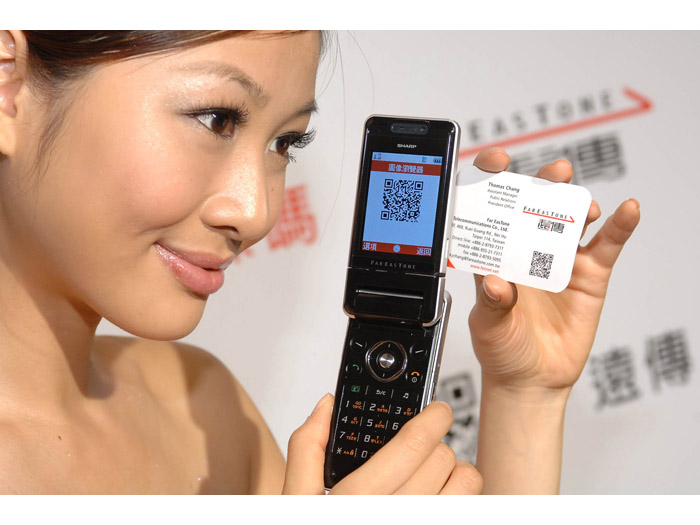Japan's 2D barcodes are common but unloved
QR Codes may be clever but hardware holds them back

The business section of Sunday's New York Times has a rather breathless feature story [registration may be required] about an incredible new phenomenon that is sweeping the mobile phones of Japan - two-dimensional barcodes known as QR Codes .
That's all very well (and the piece is nicely written) but not only are QR Codes far from new, but they're also nothing like as popular as the NYT suggests.
Common but unpopular
Most any phone with a camera now also includes software for recognising and interpreting the codes but they're not half as well loved as marketeers would have us believe, with the traditional way of connecting to a URL printed in a magazine or on an advert often far simpler.
The problem with the technology, which was first developed in 1994, becoming common in the last three years, is not the codes themselves - rather, it's the phones.
Slow process
Even the newest handsets still take several seconds to process the images before connecting to the associated website. What's easier - typing www.tech.co.uk or starting a phone's camera software, getting it to focus on a QR Code and then waiting for it to be deciphered before clicking the 'connect' button? Unless a URL is clumsily long, it has always the former to date.
Although the codes are indeed a common sight these days - just not on some highway billboards, as the story suggests - they're far from the finished article.
The fact that using QR Codes is not a simple matter of just 'waving' a phone at one means that their potential will remain untapped, probably until a genuinely barrier-free technology like RFID usurps them.
Get daily insight, inspiration and deals in your inbox
Sign up for breaking news, reviews, opinion, top tech deals, and more.
J Mark Lytle was an International Editor for TechRadar, based out of Tokyo, who now works as a Script Editor, Consultant at NHK, the Japan Broadcasting Corporation. Writer, multi-platform journalist, all-round editorial and PR consultant with many years' experience as a professional writer, their bylines include CNN, Snap Media and IDG.